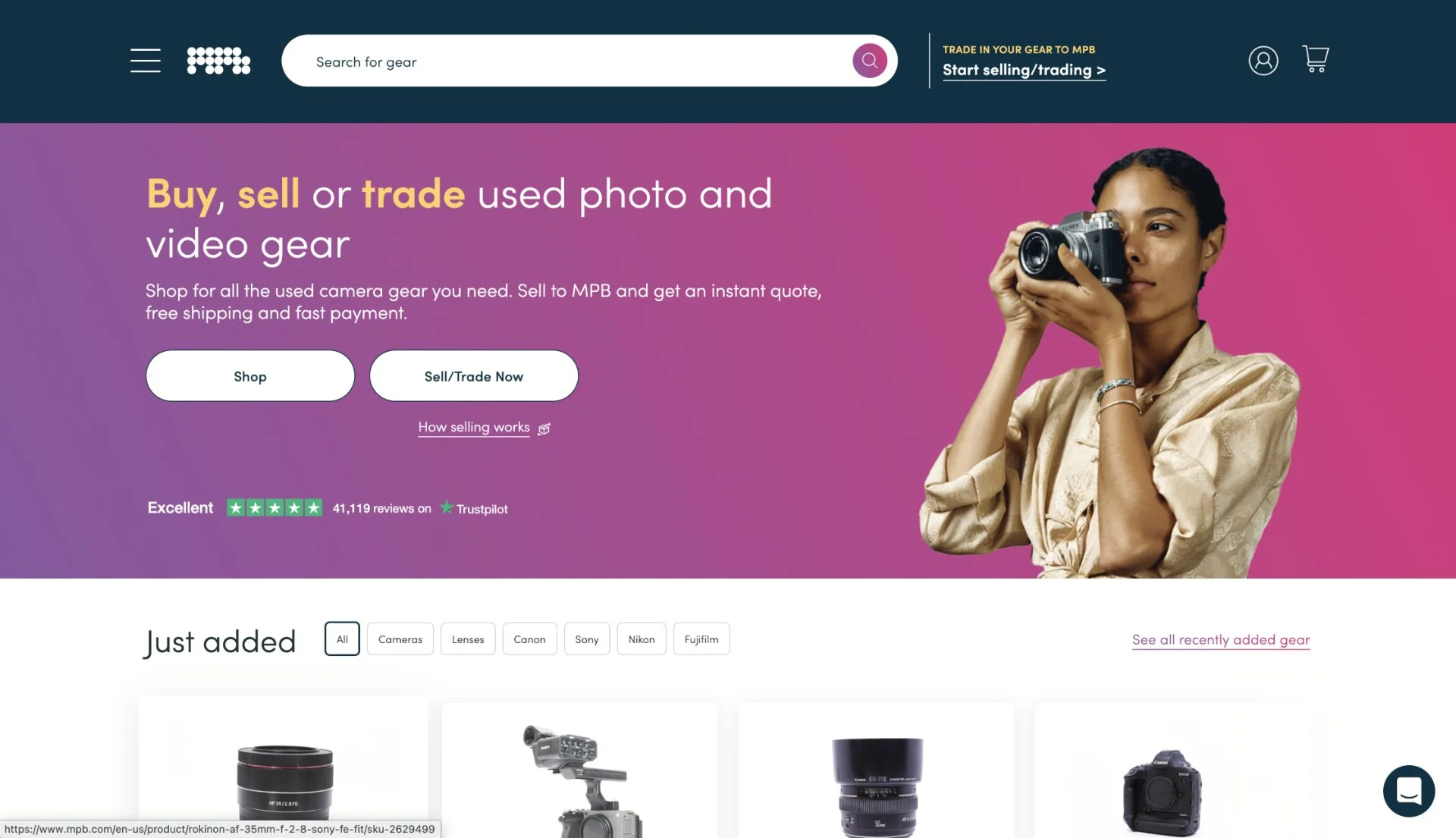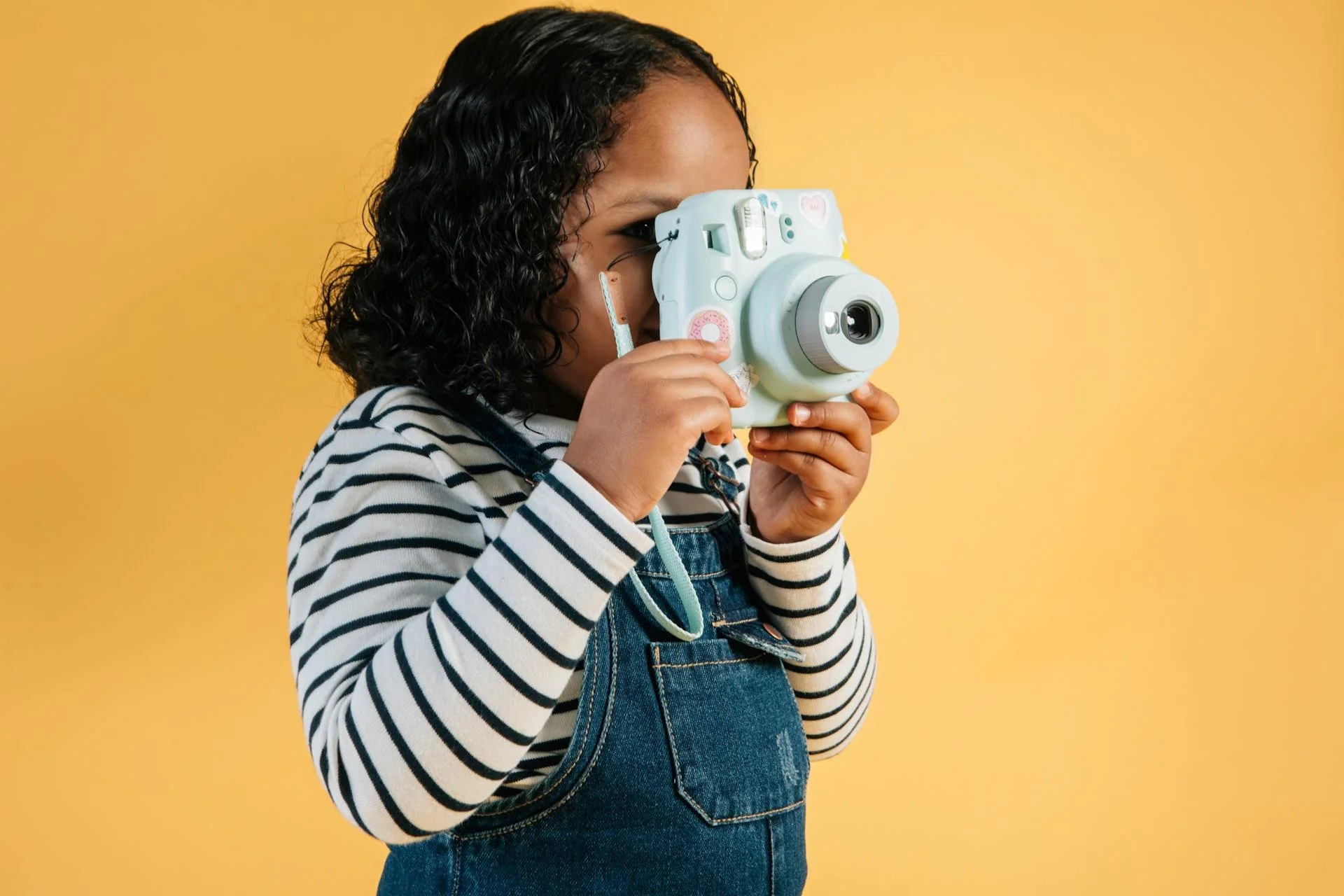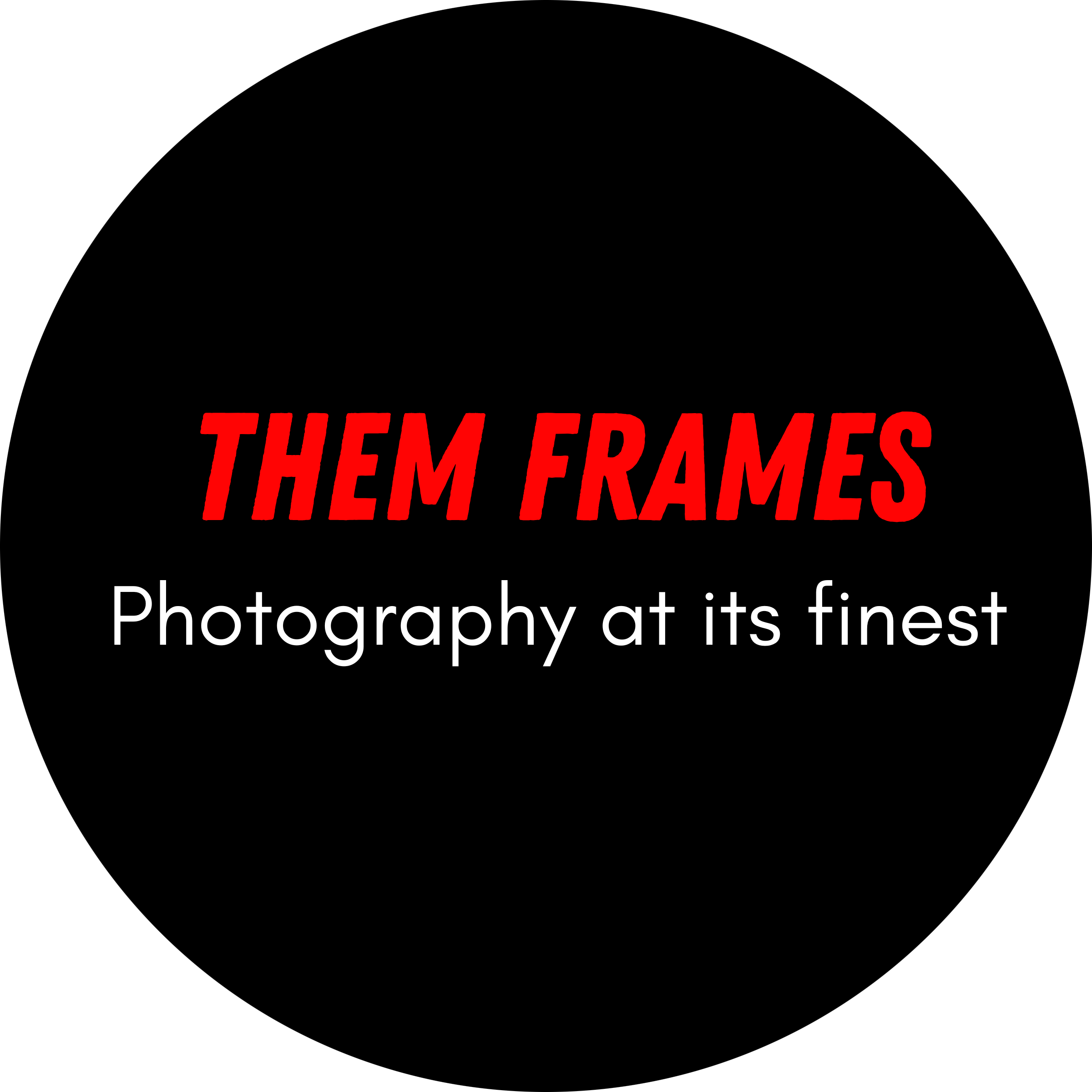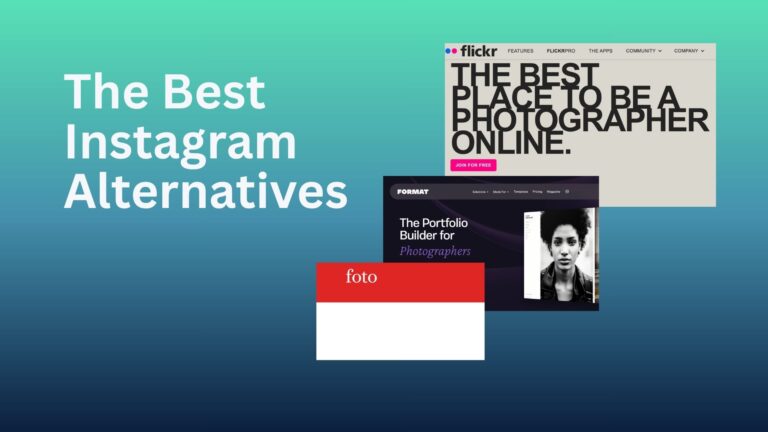
Photo by Amina Filkins
Finding the best camera for kids isn’t easy. Do you go all in with a large investment, or play it conservative at the risk of having an inferior product? Them Frames wants to help inspire the next generation of photographers, so we put this piece together to help you find the right camera for your child.
We don’t do generic lists here at Them Frames. Our aim is to avoid going brand heavy and instead share cameras that suit a specific time and need in a young photographer’s journey.
As with our best camera for street photography, we want you to have all the details you need to make an informed decision, rather than hope you buy a specific camera.That said, we will still recommend certain models so you have an idea of where’s best to place your money.
Editors note: This article contains a small handful of affiliate links. If you invest in a camera using any of the links, Them Frames gets a little kick back which helps run the site.
The best camera for kids: At a glance
It’s a good idea to pick a camera that is inexpensive and keeps your child engaged. An instant camera like the Fujifilm Instax Mini 12 is a solid option. They’re fun to use and don’t require much technical experience. A smartphone can be a good gateway camera and you should also consider buying a used system, like the Fujifilm XT1 so they can learn the fundamentals.

Get a further 10% off photo editing software Luminar Neo by using code: THEMFRAMES10 when you sign up.
Continue reading….
Best camera for kids: Smartphone

Photo by RDNE Stock project
Although we prefer to recommend buying a dedicated camera, it would be amiss to overlook the role of the smartphone. Understandably, some parents don’t want their child to have a smartphone too soon. But, if you keep it sim free and don’t connect to WiFi, you can make it’s main use purely for photography.
Why should you consider a smartphone as one of the best cameras for your child? Well, you can pick up pretty inexpensive Android phones that have decent cameras. At such a young age, it’s best to see if your child’s curiosity for photography becomes a passion.
This is better than purchasing hardware that requires more technical understanding, only for them to quickly realize it’s not for them.
It’s also easy to edit photos on a smartphone, and your child can experiment with the different filters. This will be less overwhelming than going all in and having them edit in something like Lightroom or Capture One. If you do find their interest in the craft continues to blossom, then you can begin to consider investing a dedicated camera.
The downside to smartphone photography is you’re never going to get the same level of image quality as you would with a dedicated camera.
Also, most manufacturers stuff their phones with a bunch of software which heavily manipulates the final frame. Often, the images look unrealistic. If you want your child to be a purest, the smartphone won’t give them what they need.
Best camera for kids: A point and shoot

Photo by Al Mansur
Point and shoot cameras are making a huge comeback thanks to the Fujifilm X100 line. At $1700 that one is quite expensive, but you can get an older point and shoot camera from yesteryear for a decent price. For example, you can buy a first generation Ricoh GR for less than $500 – or splash out on the latest versions, the Ricoh GR IIIx.
There are some other perks to going for a point and shoot. It comes with a fixed lens, which for a beginner removes the need to invest in multiple lenses and the overwhelm of knowing which lens to get. Point and shoots are also smaller than most dedicated cameras, and lighter too. This is ideal for a child and will more likely suit their hands.
As much as a fixed lens is an advantage, it can also be a disadvantage. If your child has raw talent and picks up the fundamentals of photography quickly, they may want to experiment with different focal lengths or venture into genres like portrait photography where a fixed lens isn’t the best option.
If your child is showing interest in the likes of street photography or travel photography, a point and shoot is an excellent break in camera. However for portrait photography or sports and wildlife photography, the lens will limit them, so keep that in mind.
Best camera for kids: Mirrorless or DSLR?

Photo by Weder Soares Dos Santos
Even in 2024, the DSLR vs Mirrorless camera battle continues. Which is better still comes down to preference. The DSLR offers superior battery life, and seldom do you need to invest in multiple batteries just to get through photographing in a single day.
For many, mirrorless cameras are more stylish and the fact they’re light weight makes them a more attractive option. Few manufacturers are making DSLRs nowadays, with the likes of Nikon, Canon et al shifting over to mirrorless cameras. This means with a mirrorless camera you’re getting the latest camera tech and the latest sensors and auto focus capabilities.
But is any of that important for a child? Not so much. However, I do think a mirrorless system is easier to use, especially for young beginners. The main advantage of a DSLR in this day and age is you can pick them up for cheap on the used market and you have more options to choose from.
If you do go for a DSLR, the Nikon D3500 is a good choice. If you opt for a mirrorless camera, then a Fujifilm XT1 is still a great product that often comes with the superb 18-55mm kit lens. The XT line is also one of the best to learn about manual mode, as the controls are built on the camera’s exterior.
Best camera for kids: Should you buy used?

Used camera gear can offer superb value. But, like most niches, the term “used” carries a certain amount of stigma. People worry buying a used camera will lead to faulty hardware or reduce the amount of time you can use the camera.
The truth is, yes sometimes you can buy some duds. But, this mostly happens if you buy from places like eBay or Facebook marketplace. If you want a trusted source, the likes of MPB have a great reputation for selling used cameras. Also, local camera dealers in your area are a good place to check out. They’ll often let you use the camera and you can see first hand if it functions correctly.
So, yes, invest in used camera gear if you’re on a tighter budget. You can still get a camera that lasts your child many years. Just be sure to do your research first so you’re confident you’re investing in a quality product.
Should you buy a film camera?

Photo by RDNE Stock project
Film photography is booming. Even in the world of digital the analog camera remains an attractive option. But, is an analog system the best camera for kids?
We would say no. That’s because you don’t get the immediate feedback as you do with digital. This makes it harder for your child to see if they’re on the right path when making a shot. The cost of film isn’t cheap either, so you’re going to invest a lot of money each month while your child naturally makes a lot of mistakes.
Once your child has learned the fundamentals of photography, like the exposure triangle, then it can be a good time to switch from digital to analog. But, before then, to save pennies, it’s worth starting with digital.
The best instant camera for kids

Photo by Amina Filkins
We all know kids have short attention spans. That’s why the best cameras for kids need to keep them engaged and entertained. Instant cameras are great for this. They don’t require much technical understanding and they’re so much fun to use.
The best instant camera for kids right now is the Fujifilm Instax Mini 12. It comes in a range of vibrant colors which will surely capture your child’s attention. Like film photography, you’re paying for each frame (about $0.70). But unlike an analog camera you don’t need to have a high level of expertise when it comes to controlling the system.
Plus, you get immediate feedback when you print the image in real time. It will make your child the cool kid at parties and give you the opportunity to learn if they have a deep passion for the craft or if it’s just their latest fad while they discover their interests in life.
The best camera for kids: Recommendations
Now you have a deeper understanding of the best camera for your child, below is an easy to read list of camera suggestions. They cover all the categories mentioned above, plus a range of price points.
-
Google Pixel 6a (Smartphone)
-
Samsung Galaxy A35 (Smartphone)
-
iPhone 12 – iPhone 16 (Smartphone)
-
Ricoh GR (Point and shoot)
-
Sony RX100 VII (Point and shoot)
-
Canon PowerShot G7 X Mark III (Point and shoot)
-
Nikon D3500 (DSLR)
-
Canon EOS Rebel T7 (DSLR)
-
Pentax K-70 (DSLR)
-
Fujifilm XT1 – Fujifilm XT5 (Mirrorless)
-
Olympus OM-D E-M10 Mark IV (Mirrorless)
-
Sony α6400 (Mirrorless)
-
Fujifilm Instax Mini 12 (Instant)
-
Polaroid – Now+ 2nd Gen (Instant)
-
Kodak Mini Shot 3 Retro (Instant)
Signing off
That brings the guide to a close. You have a large selection of the best cameras for kids to choose from. If we had to pick one, the Fujfiilm XT1 ticks all the boxes. It’s inexpensive, offers excellent image quality and has the ergonomics to help your child learn the technical aspects of photography.
Any of the cameras mentioned in this article are a great option. They can all harvest your child’s interest in the craft and hopefully you can watch that passion grow.
Which camera will you go for? If your child has an interest in street photography, check out this tip for beginners. We also have a host of artist interviews to help further inspire your child, so check them out.
FAQs
How to choose a camera for kids?
Do your research and consider how much you’re willing to spend. A used camera is a great starting point as they’re more economical. An instant camera also works as they’re fun to use and can keep your child engaged.
At what age should a child have a camera?
The answer is largely down to the parents. A toddler could easily get to grips with an instant camera. For more technical cameras, perhaps it’s a good idea to wait until they’re between seven and 10 years old.
What is a good camera for a 7 year old?
A point and shoot like the Ricoh GR would make a great camera for a child of seven. They work right out of the box and don’t require much technical knowledge to use. The Fujifilm Instax 12 Mini is also a good option as it offers instant feedback and is very fun to use.
Want your work featured on Them Frames? Pitch us.










